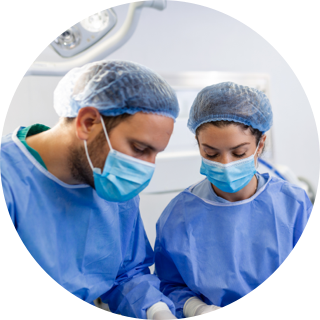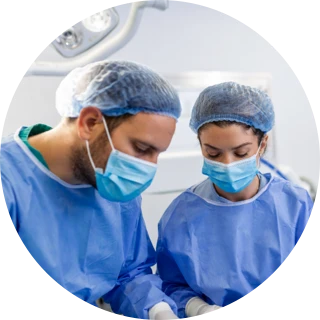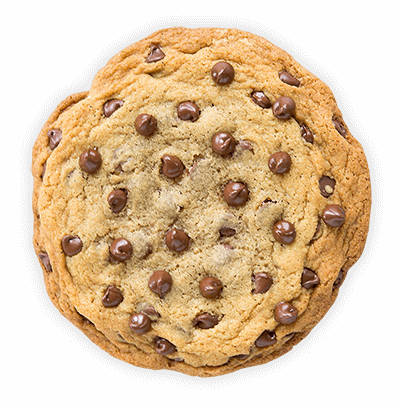Information
There are two types of people: those who live with gallstones (asymptomatic form), and those who suffer from cholelithisasis.

Causes of cholelithiasis are numerous. More improtant among them are: consumption of foods rich in cholesterol (eggs, meat and animal fat), endocrine disorders (hypothyroidism, diabetes), chronic inflammation in the gallbladder and bile duct, dyskinesia of bile duct and gall bladder atony .
The pathogenesis of the disease is associated with impaired colloidal stability due to a reduction the quantity of colloidal in the bile – the stabilizing factors in it (bile acids, bile salts, fatty acids, etc.), as well as because of the excessive amount of cholesterol, and bilirubin. Reduced motility of the gallbladder with a longer stay in the bladder bile. This leads to the precipitation of the latter and formation of stones.
There are several types of stones in cholelitiasis:
Cholesterol stones
They occur in 10% of all types of stones.
Macroscopically they have a spherical or oval shape. They are more often single and their size reaches 5 cm in diameter. Their color is white or pale yellow.
Bilirubin stones
They occur in approximately 15% of patients with cholelithiasis. Macroscopically they contain some calcium, which gives them their characteristic hardness. They are numerous and faceted with sharp edges. Their color is dark green to greenish-red. They reach size of 10 mm in diameter.
Mixed
They are detected in 75% of cases of cholelithiasis.
Macroscopically they may be single, but more frequently occur as multiple stones. They are faceted. Their size rarely exceeds 1 cm in diameter. Their color is greenish, whitish yellow to black, depending which of the constituent components dominate. Their surface is fine grained. They have a firm texture. In section a shell is visible with brown-red color with caramel core radial structure of cholesterol. By section of other stones concentrically-lamellar structure can be seen. They are composed of bilirubin, cholesterol and calcium.
Symptoms
Patients complain mostly by weight and a sense of tension in the right side of ribs, especially after overfeeding or intake of foods such as fatty meats, fatty and fried food, chocolate and liquor, highly carbonated drinks, etc.., nausea and bad taste in the mouth.
Bile crises are particularly characteristic and they are most often triggered by an error in the diet. Biliary colic is typical symptoms in the presence of gallstones and are usually triggered by the passage of stones in the gallbladder flow. In bile passageways small gallstones may fall into the duodenum. Colic lasts from 15 minutes to several hours, the pain has relapsing nature and is localized in the right or middle upper abdomen, often radiates to the back (pancreatitis must be excluded!) and to the right shoulder (DD: myocardial infarction and pulmonary embolism ). Colic may be accompanied by nausea, belching and transient jaundice (mechanical jaundice). Often occurs at night, patients are scared and apprehensive, it is hard to find a comfortable position.
It is possible to raise the body temperature, have transient urine darkening and fading white feces (these symptoms are the result of blocking the flow of bile from the gall stones).
Unusual complaints from the upper abdomen: a feeling of heaviness and fullness in the (right) upper part of the abdomen, flatulence, intolerance to certain foods and beverages (eg, fatty, fried foods causing flatulence, coffee, cold drinks). In contrast to biliary colic, these atypical symptoms are observed not only in cholelithiasis, but also in other abdominal disorders.
Diagnosis
Ultrasound: This is the fastest and most affordable method for diagnosing gallstones. Enlarged gallbladder is shown as well as changes in its shape and changes in its wall, stagnated (extended) d. choledochus, its contractile ability after meals is also explored. Through ultrasound tests we can determine whether there are cholesteryl stones and if they are calcified.

CT of the gallbladder is the most sensitive method for diagnosing gallstones.

The majority of patients are at risk of recurrence of symptoms or onset of complications!:
- acute cholecystitis (acute inflammation of the gallbladder)
- chronic cholecystitis ("porcelain gallbladder" which can lead to cancer of the gallbladder!)
- acute cholangitis (acute inflammation of hepatic and non-hepatic bile ducts)
- mechanical jaundice (blocked bile straits)
- gallbladder cancer (gallstones are the main etiological factor of carcinoma of the gallbladder)
Treatment
Asymptomatic cholelithiasis: since only 25% of those affected have symptoms or develop complications, there is no need for treatment. "Porcelain gallbladder" is exception which needs surgery because of the increased risk of developing cancer!
Frontline cholelithiasis: After onset of symptoms, they tend to recur. In these patients, there is risk for the occurrence of complications. Consequently, the majority of patients with symptoms of gallstones should be treated.
Gallstones often occur in patients with other diseases. Therefore, in patients with gallstones and atypical pain or dyspepsia diagnosis should be clarified.
Laparoscopic cholecystectomy (bloodless removal of the gallbladder) provides a safe and effective treatment for symptomatic gallstones. Indeed, it is the treatment of choice in these patients. This method avoids larger incision on the abdominal wall - no complaints from the abdominal wound and later forming scar. There is no postoperative intestinal atony, the mobilization of the patient is faster, the risk of thromboembolic events is limited, the hospital stay is shorter.



 On this page, you can change your choices at any time after you have read and understood our
On this page, you can change your choices at any time after you have read and understood our